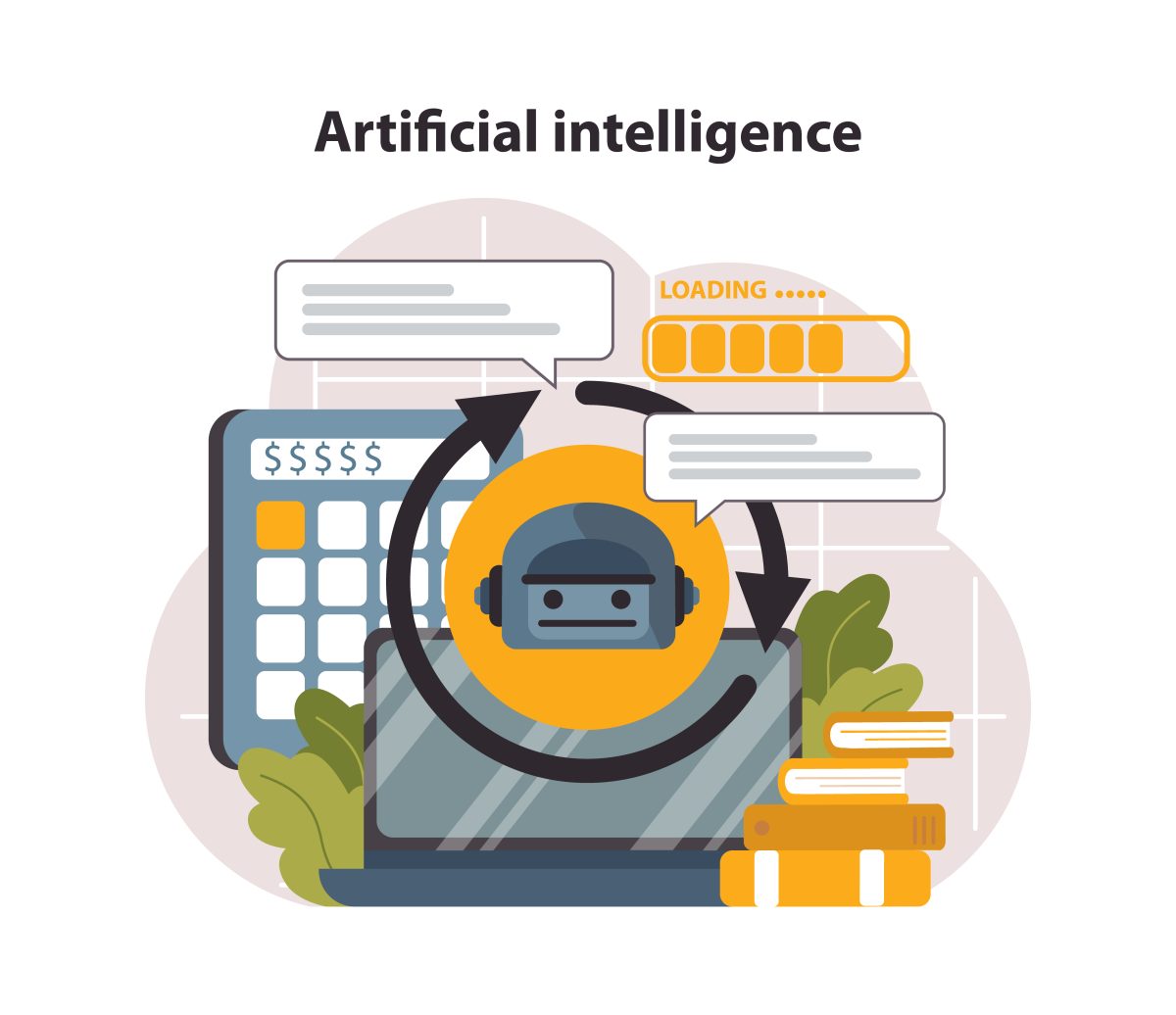Generative AI in banking industry helps in enabling smarter decision-making, improving customer experiences, and optimising internal operations. By providing real-time insights, AI helps banks enhance operational efficiency and maintain a competitive edge. A key application of generative AI is goal setting, where banks can align teams, track progress, and optimize their strategies in response to changing market dynamics.
Why Use AI for Goal Setting in Banking?
-
Aligning Teams Across the Organization
AI helps set clear, data-driven goals across departments, ensuring alignment at all levels. By breaking down complex objectives into measurable tasks, AI makes it easier for teams to stay on track and achieve common goals.
-
Data-Driven Decision Making
AI enables banks to set goals based on reliable data and predictive analytics, ensuring decisions are grounded in insights rather than assumptions. This reduces risks and improves goal-setting accuracy.
-
Fostering Agility and Adaptability
The ability to adjust goals and strategies in real-time is crucial in the fast-paced banking industry. AI’s predictive capabilities provide banks with a competitive edge, allowing for agile decision-making in response to market changes.
-
Setting Achievable and Realistic Goals
AI tools help set goals that are not only ambitious but achievable, taking into account current market conditions, historical performance data, and customer behavior patterns.
10 Key Use Cases and Challenges in Banking
-
Risk Management
AI helps banks identify, assess, and mitigate risks in real time. By predicting potential risks, banks can set goals for reducing risk exposure and improving risk management strategies. However, data privacy concerns remain a challenge in collecting and analyzing sensitive information.
-
Fraud Detection
AI uses advanced algorithms to detect fraudulent activities. By setting specific fraud reduction goals, banks can enhance security and minimize losses. One challenge here is the need for continuous adaptation of AI models to counter new fraud tactics.
-
Customer Personalisation
AI allows banks to analyze customer data to create personalized banking experiences. Setting goals for customer engagement and satisfaction becomes easier, but the challenge lies in handling vast amounts of data securely while ensuring customer privacy.
-
Operational Efficiency
AI optimizes banking operations by automating routine tasks. Banks can set goals for improving operational efficiency and cost reduction, but implementation can face resistance due to employee concerns about job displacement.
-
Regulatory Compliance
AI can help banks meet regulatory requirements by automating compliance reporting. This can reduce compliance-related goals and errors, although staying updated with ever-changing regulations remains a challenge.
-
Loan Default Prediction
AI analyzes customer data to predict potential loan defaults, helping banks set goals to reduce defaults and increase loan recovery. However, ensuring fairness and eliminating bias in AI models remains a significant challenge.
-
Market Forecasting
AI-powered predictive analytics help banks forecast market trends, providing insights to make informed investment decisions. The challenge here is ensuring the accuracy of AI predictions in volatile financial markets.
-
Data Management
AI enhances data storage, categorization, and retrieval, making data more accessible. Banks can set goals for improving data governance and accessibility. A key challenge is ensuring data quality and handling the massive volume of information generated daily.
-
Chatbots and Virtual Assistants
Generative AI enhances customer service through AI-powered chatbots. By setting service-level goals, banks can improve customer interaction. However, challenges include maintaining a natural, human-like interaction and addressing customer concerns about AI responses.
-
Employee Productivity
AI supports staff in making data-driven decisions faster, boosting productivity. Goal setting can focus on improving team performance, but there is always the challenge of employee resistance to AI adoption and training.
How Generative AI Transforms Efficiency in Banking
-
Improved Decision-Making Through Data Insights
Generative AI in banking allows banking teams to make more informed decisions by analyzing massive datasets in real-time. With the ability to predict market trends and customer behavior, banks can align their strategies with real-time data, helping them set more accurate and achievable goals.
-
Enhancing Customer Experience
Generative AI helps banks create personalized experiences for customers. AI-powered tools can recommend tailored products, leading to more satisfied customers and enabling banks to set goals around customer engagement and retention.
-
Achieving Operational Efficiency
AI can streamline banking operations by automating routine tasks, such as processing transactions, customer inquiries, and report generation. This results in cost savings and allows teams to focus on strategic objectives.
Overcoming Barriers to AI Adoption in Banking
While AI offers significant advantages, banks often face challenges when implementing AI strategies. These challenges include overcoming employee resistance, integrating AI with existing systems, and ensuring data privacy. However, with proper training, clear communication, and strategic partnerships, these barriers can be addressed, enabling banks to fully realize the benefits of AI in goal setting and beyond.
How Stratpilot Can Help
Stratpilot assists banks by providing AI-powered insights that help teams set and achieve strategic goals. By centralizing critical data and providing actionable insights, Stratpilot ensures that teams are aligned and focused on the right objectives. With Stratpilot, banking organisations can break down complex goals into manageable actions and make informed decisions faster, helping them stay competitive in a rapidly changing industry.
Ready to enhance your decision-making and operational efficiency with AI? Sign up for Stratpilot today to align your team and achieve your strategic objectives faster!
Frequently Asked Questions (FAQ’s)
Q1: How does generative AI improve decision-making in banking?
Generative AI analyzes vast amounts of data, providing actionable insights that help banks make more accurate and timely decisions, improving goal setting and strategy alignment.
Q2: Can Stratpilot help banks track progress on goals?
While Stratpilot doesn’t track progress, it provides insights that help teams align their objectives and make informed decisions, driving progress towards goals.
Q3: What challenges do banks face when implementing generative AI?
Banks often face challenges such as employee resistance to AI adoption, integration with existing systems, and ensuring data privacy. However, these can be overcome with proper training and strategic implementation.





